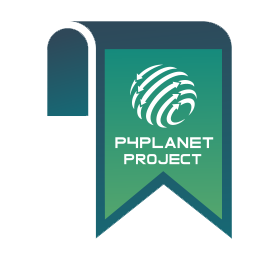Impact

Demonstration of Advanced Technologies
ELECTRA aims to prove the effectiveness of electric heating technologies in high-temperature demand systems, facilitating the integration of renewable electricity in industries and reducing reliance on fossil fuels.

Economic Viability and Competitiveness
The project aims to showcase the scalability and cost efficiency of electrified solutions, enabling their competitiveness in comparison to fossil-based heating systems and enhancing the resilience of the European process industry.
ELECTRA’s breakthrough solutions drive substantial reductions in CO2 emissions from key industries. Our electrified decarbonization methods promise unmatched cost efficiency, potentially cutting expenses in half compared to traditional carbon capture techniques.
Operational Objective Alignment
ELECTRA directly contributes to Process4Planet’s objective of developing new electrified processes and promoting energy efficiency, aligned with the broader goal of renewable energy utilization.
Carbon Capture Enhancement
By elevating CO2 concentration in flue gas to over 99%, ELECTRA simplifies and reduces the cost of carbon capture, supporting the development of efficient CO/CO2 capture and purification technologies.
FOAK Plant Advancement
Through industrial pilots, ELECTRA advances towards first-of-a-kind (FOAK) plants, driving innovation and derisking investment in electrified processes.
Key Exploitable Results (KER)
- Plasma heated rotary kiln for calcination and clinkering
- High-enthalpy plasma torch for oxidising conditions
- High-enthalpy plasma heated rotary kiln for calcination and clinkering
- Resistively heated rotary kiln for calcination
- Resistively heated circulating fluidised bed (CFB) for calcination
- Plasma heated circulating fluidised bed for calcination
- Resistively (embedded) heated bubbling fluidised bed for calcination
- Models of electrified and hybrid industrial plants

